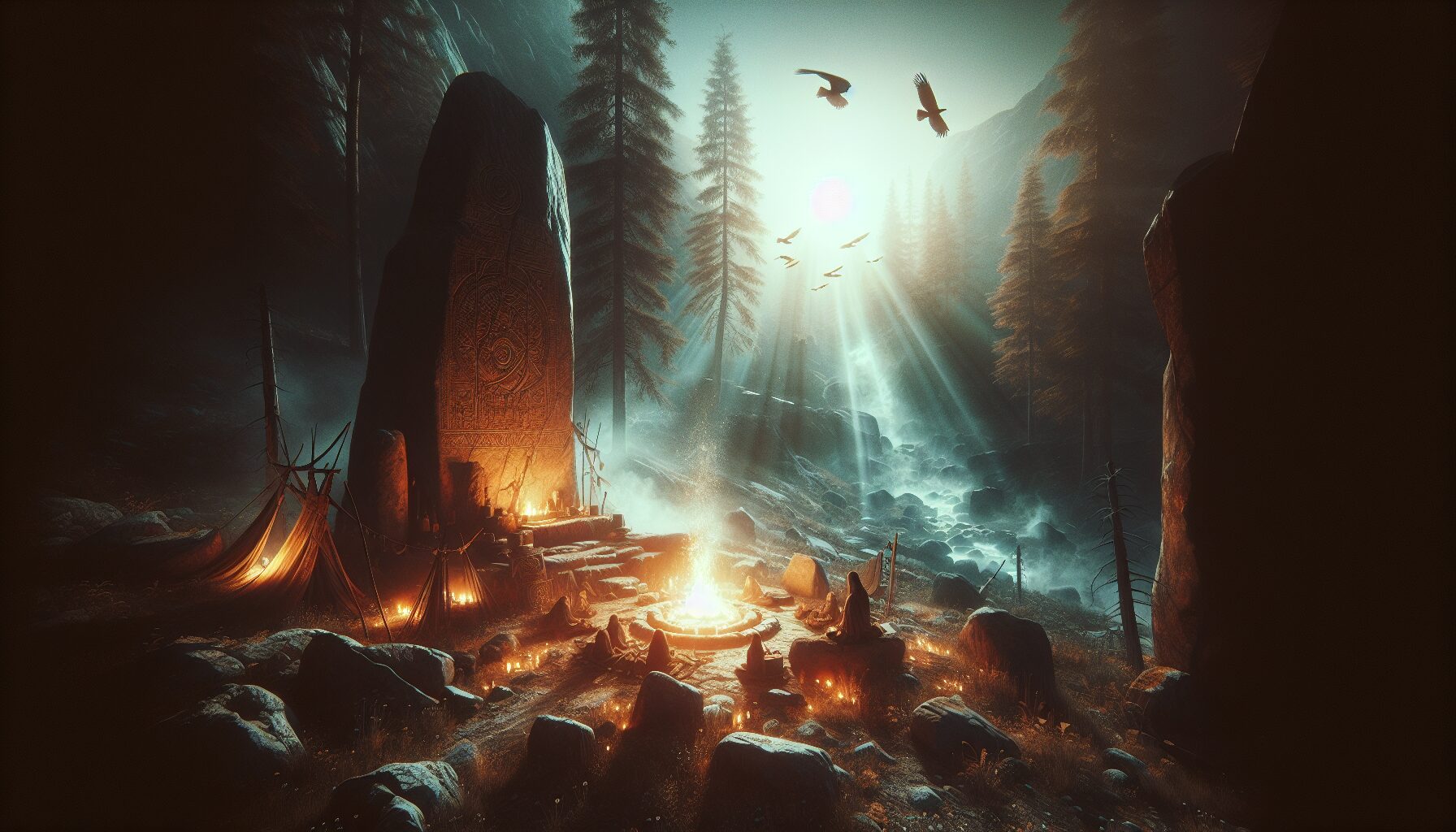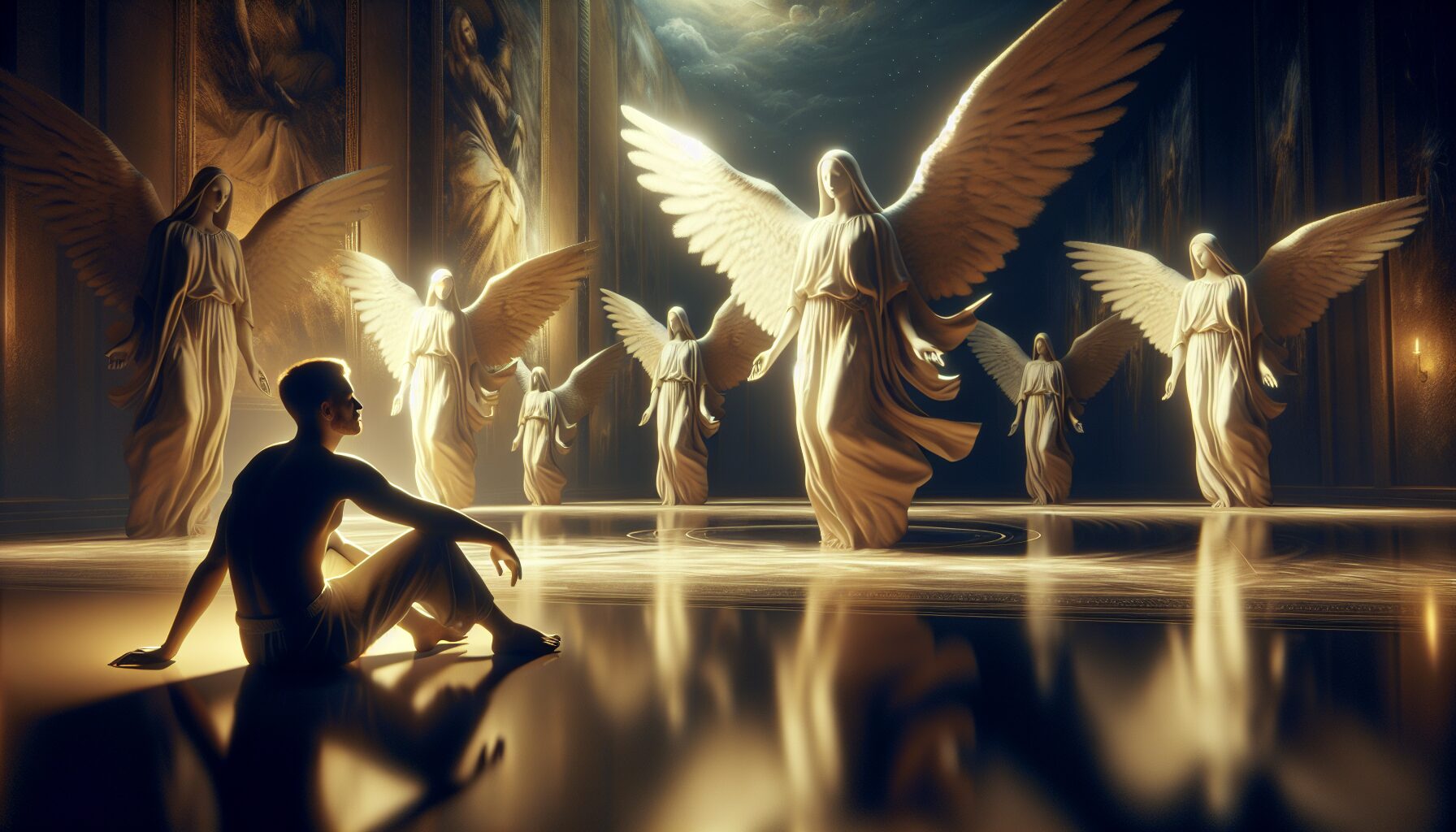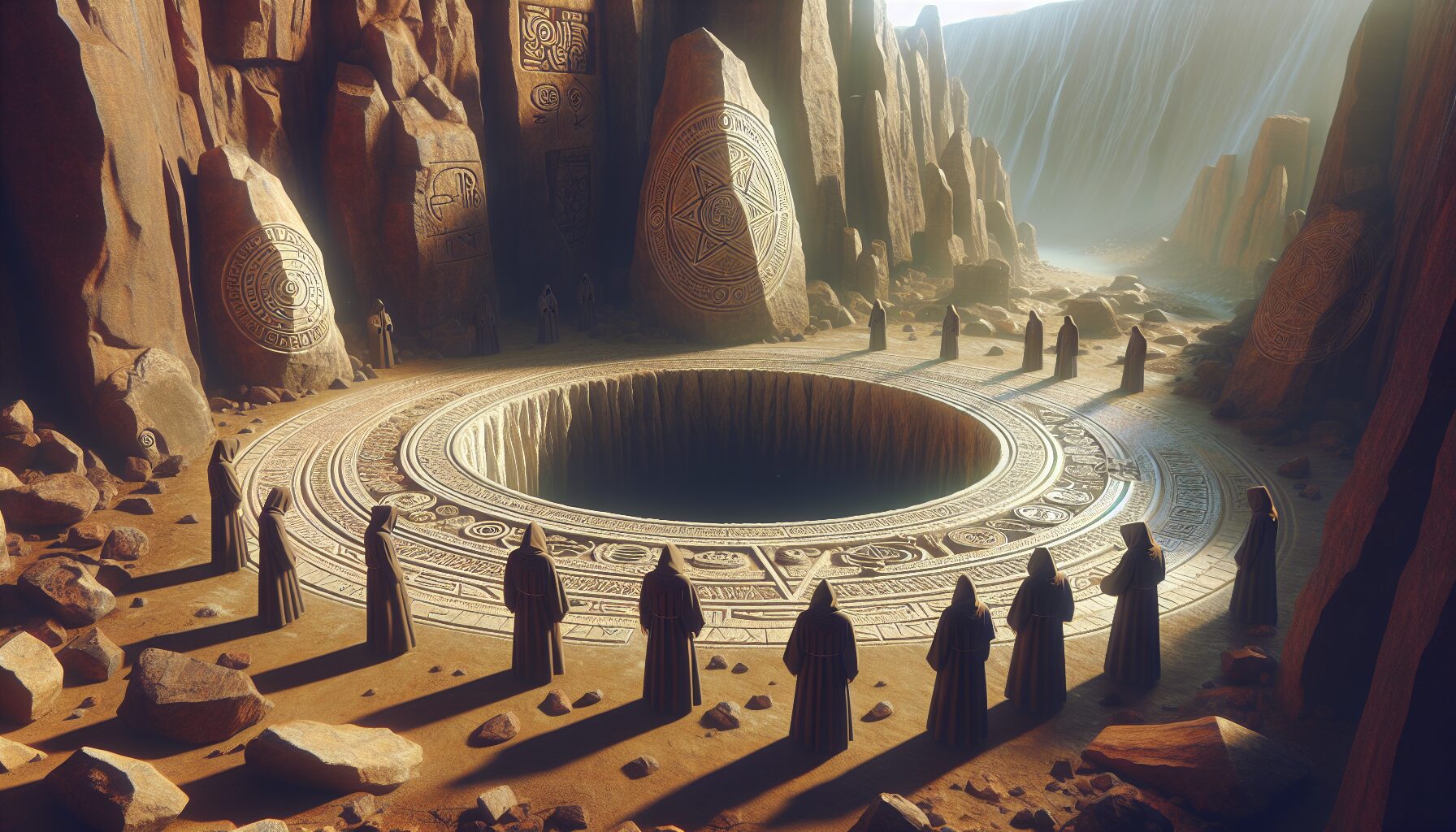Dying Suns – Red Giants and Their Final Collapse
The life cycle of a star is a fascinating journey through the cosmos, marked by spectacular transformations and, ultimately, a dramatic end. One of the most mesmerizing phases in a star’s life is its transition into a red giant, a stellar phase heralding the end of its life. This phase unveils both the beauty and eventual demise of these celestial giants.
The Lifecycle of a Star
Stars form from clouds of dust and gas, known as nebulas. Over millions of years, gravity draws these particles together, causing them to coalesce into a core that eventually ignites nuclear fusion, giving birth to a new star. This process is beautifully described by NASA as “the star begins to shine, and the radiation from the new star removes the surrounding nebula.”
Transformation Into Red Giants
As stars like our Sun exhaust their hydrogen fuel over billions of years, they begin to burn helium and other heavier elements. This causes the star to expand significantly, often enveloping nearby planets in its expanding mantle. The outward appearance transforms into what astronomers refer to as a red giant, characterized by its massive size and cooler surface temperature, giving it a distinctive reddish hue.
“This expansion is so vast that if our Sun were to become a red giant, its outer layers would likely engulf Mercury, Venus, and possibly even Earth.” — NASA
Final Collapse
The transition from red giant to the final stages of a star’s life is a dramatic collapse. Eventually, the fusion processes within the core change drastically. For stars with lower masses, like our Sun, the outer layers are ejected, creating a spectacular planetary nebula, leaving behind a remnant core known as a white dwarf. According to the European Space Agency (ESA), “these cores eventually cool and fade over billions of years.”
In the case of more massive stars, the process can lead to a supernova explosion. What’s left behind could be a neutron star or even a black hole, depending on the original mass of the star. These outcomes offer further insight into the complex processes governing our universe.
The Legacy of Red Giants
The destruction and creation associated with red giants are integral to the cosmic recycling process. They scatter elements across the universe which serve as building blocks for new stars, planets, and potentially life itself. As science educator Carl Sagan famously noted, “We are all made of star stuff,” highlighting the profound connection between these dying suns and our own existence.
For more information on stellar evolution, visit the NASA website or explore the vast resources available at the European Space Agency.









